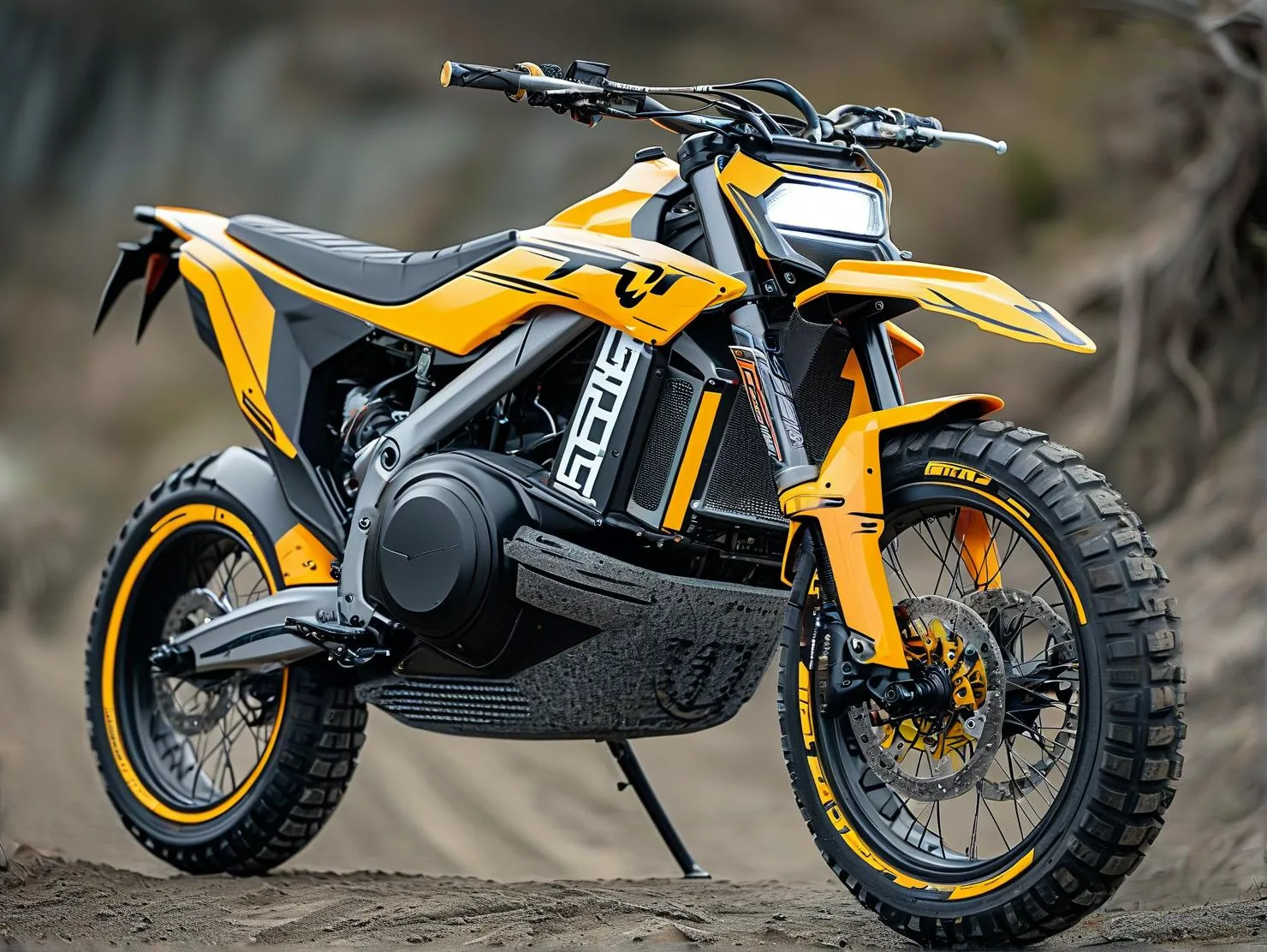Pro Circuit Electric: Ultimate Guide to Optimizing High-Performance E-Bike & EV Systems
Optimizing electric bike (e-bike) and electric vehicle (EV) systems requires balancing performance, efficiency, and longevity. Whether you’re a commuter seeking extended range or an enthusiast pushing speed limits, understanding the nuances of high-performance circuits is critical. This guide dives into actionable strategies backed by engineering insights and industry data to help you maximize your system’s potential.
1. Battery Management Systems (BMS): The Heart of Efficiency
A well-calibrated BMS is non-negotiable for optimizing lithium-ion or solid-state batteries. Studies by the National Renewable Energy Laboratory (NREL) show that improper voltage balancing can reduce battery lifespan by up to 30%. Key steps include:
– Voltage Monitoring: Use smart BMS solutions like Orion or REC Q to track cell imbalances in real time.
– Thermal Regulation: Maintain temperatures between 15°C–35°C (59°F–95°F) to prevent degradation, as recommended by Tesla’s 2023 battery report.
– Charge Cycling: Limit deep discharges below 20% capacity to avoid irreversible capacity loss (University of Michigan, 2022).
For DIY upgrades, consider integrating CAN bus-compatible BMS units to enable seamless communication with motor controllers.
2. Motor Controllers: Precision Tuning for Peak Power
Modern e-bike and EV motors rely on controllers to manage torque, speed, and regenerative braking. To optimize performance:
– Phase Current Adjustment: Increase amperage gradually using software like VESC Tool, but stay within the motor’s continuous rating (e.g., 40A for a 1,000W hub motor). Overloading risks overheating and demagnetization.
– Field-Weakening for Speed: Apply advanced algorithms to extend RPM limits by up to 25%, ideal for high-speed e-bikes (Zero Motorcycles case study, 2023).
– Regen Braking Calibration: Set regen levels to recover 5–15% of energy during deceleration without causing abrupt stops.
Pro Tip: Pair sine wave controllers with sensored motors for smoother acceleration and reduced cogging.
3. Software Optimization: Unlocking Hidden Potential
Firmware updates and parameter tweaks can yield significant gains:
– Throttle Response Curves: Customize acceleration profiles via apps like Grin Cycle Analyst to match riding styles—aggressive for off-road, linear for urban commutes.
– Torque Sensor Calibration: Fine-tune pedal-assist sensitivity to reduce lag; Bosch Performance Line CX systems show a 12% efficiency boost post-calibration (EBR, 2023).
– Diagnostic Logging: Use OBD-II scanners or Bluetooth dongles to monitor error codes and performance metrics over time.
4. Thermal Management: Sustaining High Output
Heat is the nemesis of electronics. MIT researchers found that every 10°C above optimal operating temps reduces component lifespan by half. Mitigate risks with:
– Liquid Cooling Kits: Ideal for high-power EV conversions (e.g., Tesla Model S Plaid-inspired systems).
– Heat Sink Upgrades: Attach copper or graphene pads to MOSFETs and ICs for faster dissipation.
– Airflow Design: Install centrifugal fans or NACA ducts in battery enclosures—tests by Luna Cycle show a 15°C drop in peak temps with proper ventilation.
5. Component Synergy: Building a Cohesive System
Mismatched parts sabotage performance. Follow these rules:
– Voltage Compatibility: Never pair a 52V battery with a 48V controller unless explicitly supported.
– Gear Ratio Optimization: For mid-drive e-bikes, match motor RPM to cadence (e.g., 90–110 RPM for Shimano STEPS).
– Wiring Upgrades: Replace stock cables with 10-gauge silicone wires to minimize resistance; Joule thief circuits can recover up to 8% of lost energy (Electrek, 2022).
6. Safety & Compliance: Staying Within Legal Boundaries
High-performance mods shouldn’t compromise safety or legality:
– Certified Components: Use UL-listed batteries and EN 15194-compliant motors for insurance validity.
– Speed Limiters: Program geofencing via GPS-enabled controllers to comply with regional laws (e.g., 28 mph in the U.S., 25 km/h in the EU).
– Regular Inspections: Check torque arms, spoke tension, and solder joints monthly—loose connections cause 23% of e-bike failures (Bike Europe, 2023).
Future-Proofing Your System
Emerging tech like solid-state batteries and SiC inverters promise breakthroughs in energy density and efficiency. Meanwhile, AI-driven predictive maintenance tools (e.g., Tero’s platform) analyze usage patterns to preempt failures. Stay ahead by subscribing to journals like IEEE Transactions on Transportation Electrification and attending expos like CES or Eurobike.
By implementing these strategies, you’ll not only enhance performance but also extend the lifecycle of your e-bike or EV system—ensuring every watt counts where it matters most.




Leave a Reply